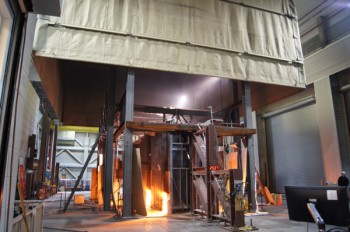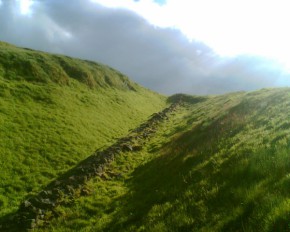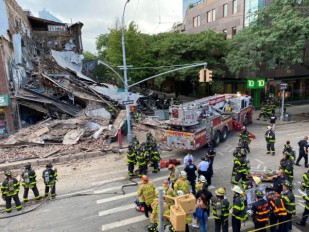LiDAR-Guided Masonry Repair and Structural Recovery at the Guggenheim Building in the University of Northern Colorado




Source: https://www.structuremag.org/issues/2025-digital-issues/may-2025/
Want to read more like this story?

Engineering Considerations for Temporary Support in Existing Structures
Jun, 23, 2025 | NewsConstruction within existing buildings often involves unique structural challenges that demand care...

Characteristics of Load Bearing Masonry Construction
May, 23, 2019 | NewsLoad bearing masonry construction is a building technique in which wall elements are used as the fra...

Catastrophic Collapse of a Log-Building Lodge: A Forensic Analysis for Civil Engineers
May, 28, 2024 | NewsIn the high alpine environment of the Rocky Mountains, a vacation resort faced an unexpected disast...

Study on the impact of fires in high-rise buildings
Apr, 21, 2020 | NewsResearchers from the U.S. National Institute of Standards and Technology (NIST), conducted a thoroug...

How Concrete Curves Transformed an Albanian Vet Hospital
Jul, 08, 2025 | NewsIn Tirana, Albania, a 2,243-square-metre veterinary hospital demonstrates an innovative application...

Antonine Wall
Feb, 03, 2015 | EducationLocation Description Running through the Central Belt of Scotland, 55.967 N, 4.067 W Project Locatio...

One River North: Blending Nature with Urban Innovation
Sep, 04, 2024 | NewsDenver, Colorado, is known for its unique blend of urban living and outdoor lifestyle, thanks to it...

3-story building collapses in Brooklyn, New York
Jul, 07, 2020 | NewsA 3-story building that used to house a gym facility suddenly gave way in Brooklyn. The incident...

Innovative Foundations in Colorado: How Engineers Designed a Fire Station Over an Abandoned Mine
Feb, 12, 2025 | NewsThe construction of Frederick-Firestone Fire Station No. 5 in Colorado is a remarkable feat of geot...
Trending

Vertical gardens in Mexico City to combat pollution

Taipei 101’s impressive tuned mass damper

Morocco Implements Landmark Dam Perforation to Combat Water Stress in Marrakech

Dutch greenhouses have revolutionized modern farming

The Line at Neom faces feasibility reassessment while construction continues

The Line at Neom faces feasibility reassessment while construction continues

A new chapter for Sunderland: The £31 million Keel Crossing opens

